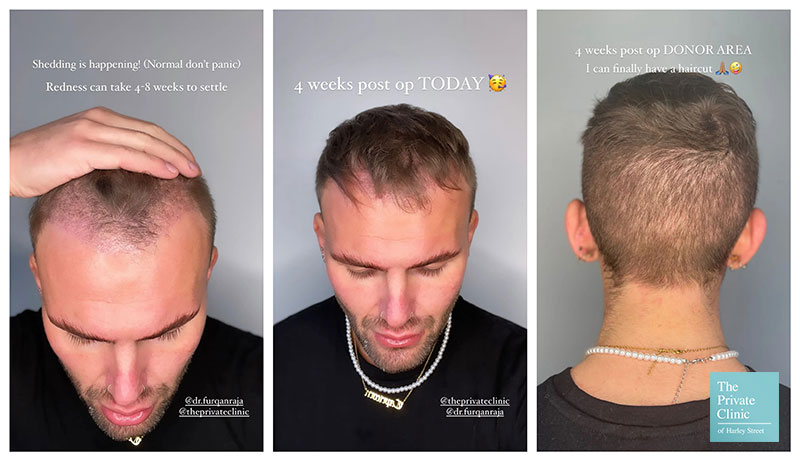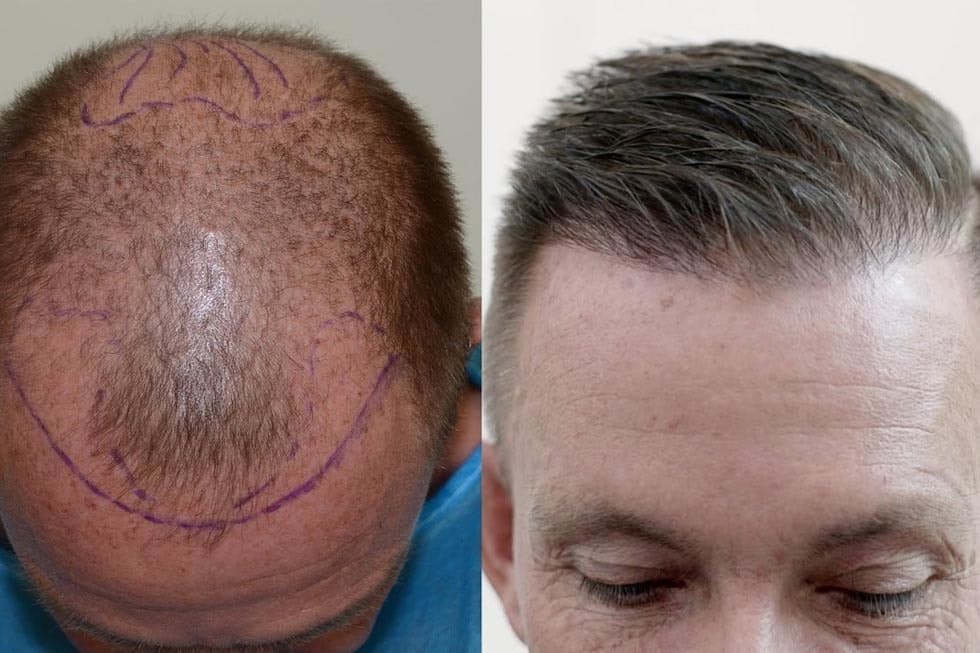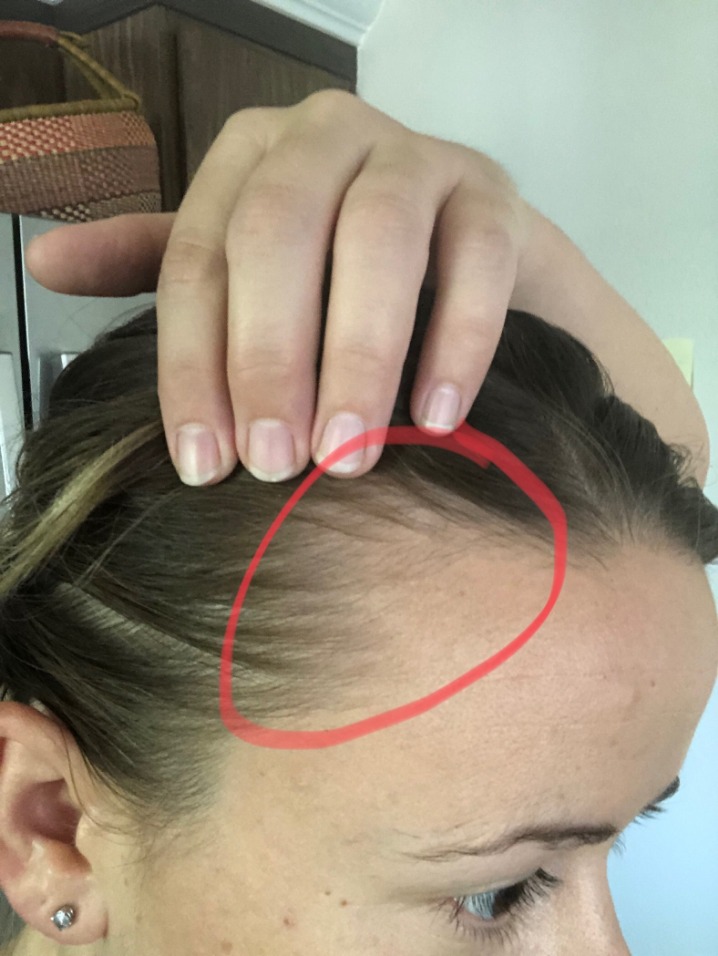In the realm of modern aesthetics, a hair transplant has become a revolutionary solution for individuals facing issues of hair loss. This medical procedure has gained immense popularity owing to its effectiveness in providing a lasting solution to baldness and hair thinning.
What is a Hair Transplant?
A hair transplant is a minimally invasive surgical procedure where hair follicles are removed from one part of the body, known as the “donor site,” and transplanted to a bald or balding part of the body, referred to as the “recipient site.” This technique is primarily used to treat male pattern baldness.
Types of Hair Transplant Techniques
There are two main types of hair transplant techniques:
- Follicular Unit Transplantation (FUT): In this method, a strip of scalp is removed from the donor area, typically the back of the head. Individual hair follicles are then extracted from this strip and implanted into the recipient area.
- Follicular Unit Extraction (FUE): This technique involves removing individual hair follicles directly from the donor area and transplanting them to the recipient area. FUE leaves minimal scarring and has a quicker recovery time compared to FUT.
Benefits of Hair Transplant
Undergoing a hair transplant offers several benefits:
- Natural-looking results: Modern techniques ensure that the transplanted hair looks and feels natural.
- Permanent solution: The results from a hair transplant are long-lasting.
- Boosts self-confidence: A fuller head of hair can significantly enhance one’s self-esteem.
- Minimal downtime: Patients typically return to normal activities within a few days.
Read more about dr grahame shaw hair transplant here.
Pre-Procedure Considerations
Before undergoing a hair transplant, several factors need to be considered:
- Consultation with a qualified surgeon.
- Understanding the potential outcomes and risks.
- Medical history and any pre-existing conditions.
- Choosing the right technique (FUT or FUE).
FAQs About Hair Transplant
Are hair transplants painful?
The procedure is performed under local anesthesia, minimizing discomfort. Post-operative pain is usually manageable with prescribed medication.
What is the recovery time?
Most individuals can resume normal activities within a few days, although complete healing may take several weeks.
Will the transplanted hair fall out?
It is normal for the transplanted hair to fall out within a few weeks post-surgery. This makes way for new hair growth, which is permanent.
How long does the procedure take?
The duration depends on the extent of the hair loss and the technique used. Generally, it can take between 4 to 8 hours.
In conclusion, a hair transplant offers a viable solution for those looking to restore their hair and confidence. With advancements in medical techniques, achieving a natural and fuller look has never been more accessible.





